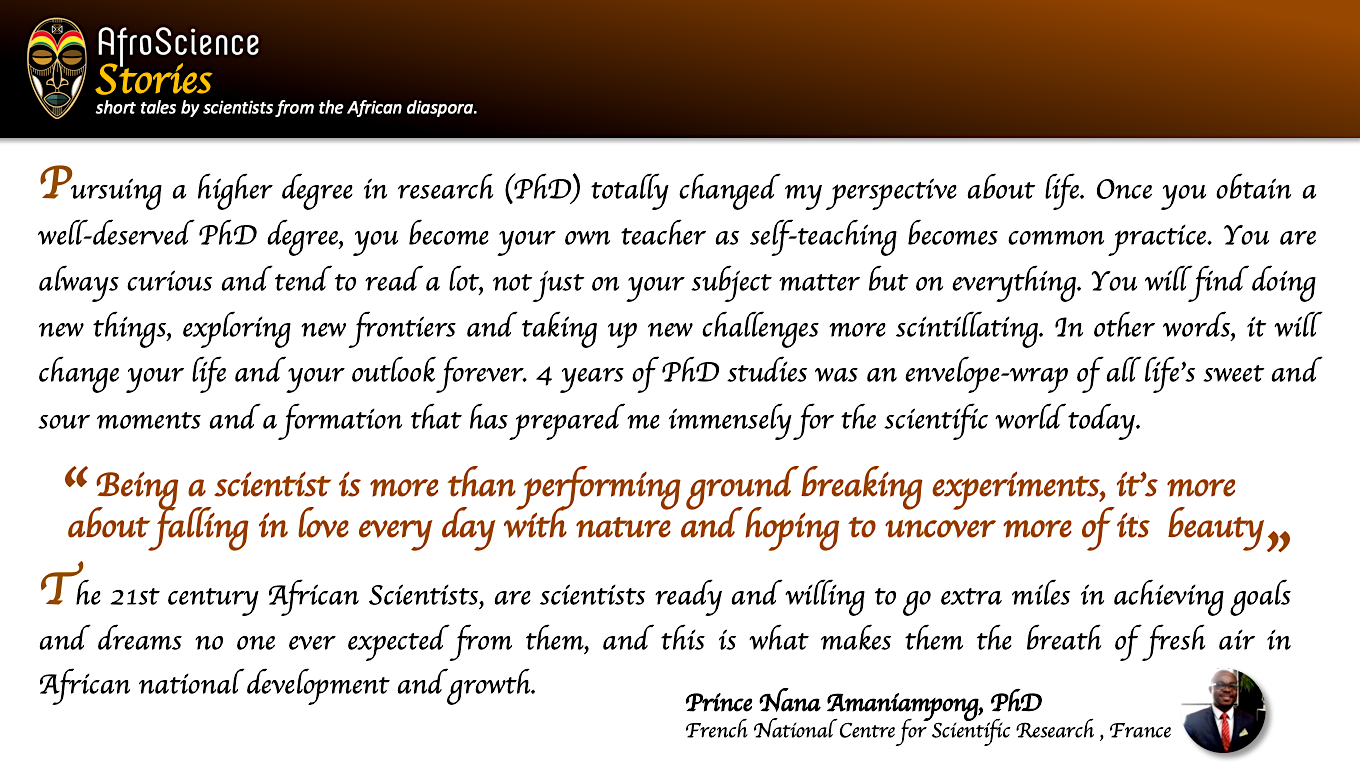Have you ever wondered what lies beneath the surface of the Earth? From earthquakes and volcanic eruptions to the distribution of natural resources and environmental monitoring, the field of geophysics holds the key to understanding the resources and dangers that lurk under the Earth's surface. But what exactly is geophysics? This is one of the most common questions I receive after introducing myself as a geophysicist. It is an important subject area that needs to be discussed in Senior High Schools in Ghana. As a result, I have decided to shed more light on my field of expertise this year by writing about it.
Have you ever wondered what lies beneath the surface of the Earth? From earthquakes and volcanic eruptions to the distribution of natural resources and environmental monitoring, the field of geophysics holds the key to understanding the resources and dangers that lurk under the Earth's surface. But what exactly is geophysics? This is one of the most common questions I receive after introducing myself as a geophysicist. It is an important subject area that needs to be discussed in Senior High Schools in Ghana. As a result, I have decided to shed more light on my field of expertise this year by writing about it.
Geophysics is a branch of Earth science that combines physics, mathematics, geology, and computer science to study the Earth's structure, composition, and dynamics. By using techniques such as seismology, geomagnetism, gravimetry, and resistivity, geophysicists can measure the Earth's physical properties and understand its behaviour. Let’s break some of these words down.
Seismology, for example, is the study of earthquakes and seismic waves. Seismologists use special equipment called seismometers to measure the vibrations caused by earthquakes and to study the Earth's interior structure by analysing the time the vibrations take to travel from one point to the other in the Earth. For instance in places where earthquakes occur frequently, knowledge gleaned by geophysicists is used to design more earthquake resistant buildings. Similarly, gravimetry is the study of the Earth's gravity field, which can be used to study the Earth's internal structure, mass distribution, and geodynamic processes. The method of resistivity is another crucial technique in geophysics. It measures the resistance of the ground to the flow of an electric current and is used to study the subsurface structure and distribution of fluids such as groundwater and mineral deposits.
Geophysics plays a crucial role in finding and using natural resources. For example, when searching for petroleum, geophysicists use a technique called seismic surveys which involve sending sound waves into the Earth and measuring the time the echoes take to be picked up by special sensors. This helps to identify different rock layers and potential reservoirs of petroleum. In the search for minerals such as copper, gold, and zinc, geophysicists use methods like electrical resistivity to locate subsurface areas containing these minerals.
Groundwater is another area where geophysics plays a role. Geophysicists use electrical resistivity to find subsurface areas with high conductivity, which can indicate the presence of water-bearing rock formations. Lastly, geophysics can also be used in archaeological investigations. Recently, geophysical methods were used to study former slave sites in Ghana.
Geophysics is important in our daily lives. For example, some people in Ghana once stayed outside all night because of a false text message claiming an earthquake was coming. Meanwhile, others are building expensive homes near a known active fault without knowing the potential danger. This highlights the need for more people to study geophysics. If you're curious about the Earth and its natural happenings, geophysics can be a fascinating field to study.
Conflict Of Interest
The views and opinions expressed in this article are those of the author, and they do not purport to reflect the policies, opinions, or views of the AfroScience Network platform.
Disclaimer
This article has not been submitted, published or featured in any formal publications, including books, journals, newspapers, magazines or websites.
Be the first to comment
Please login to comment











